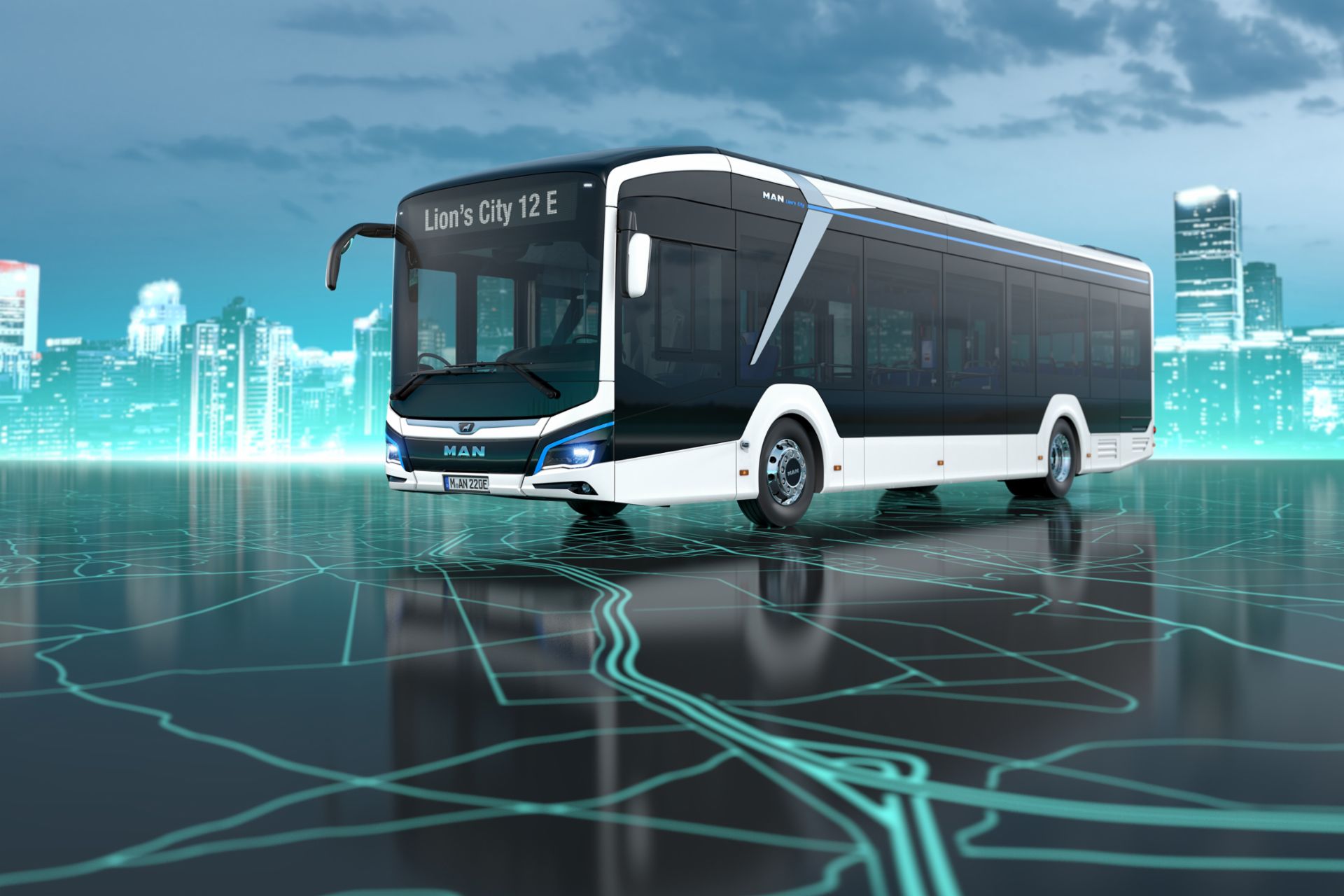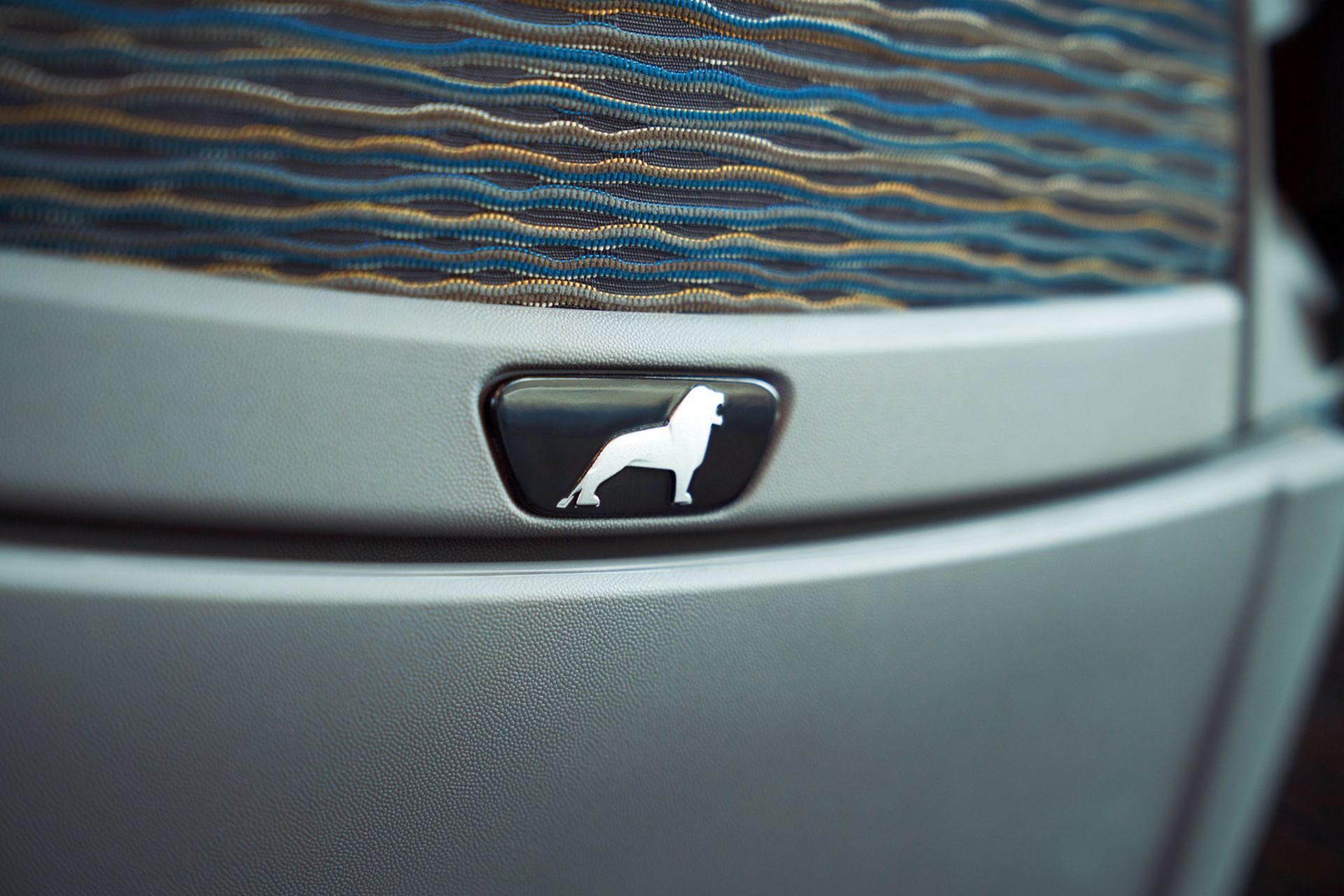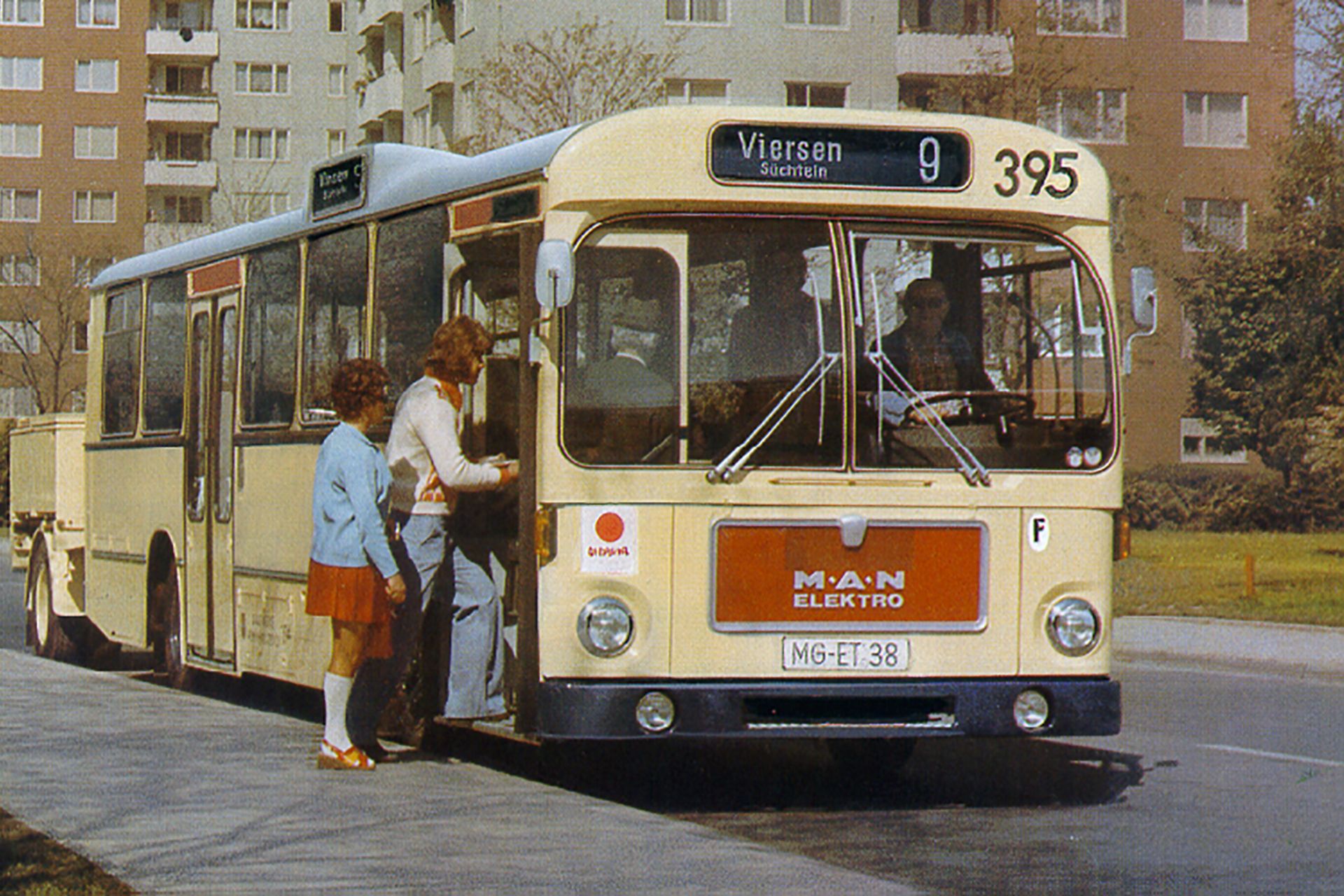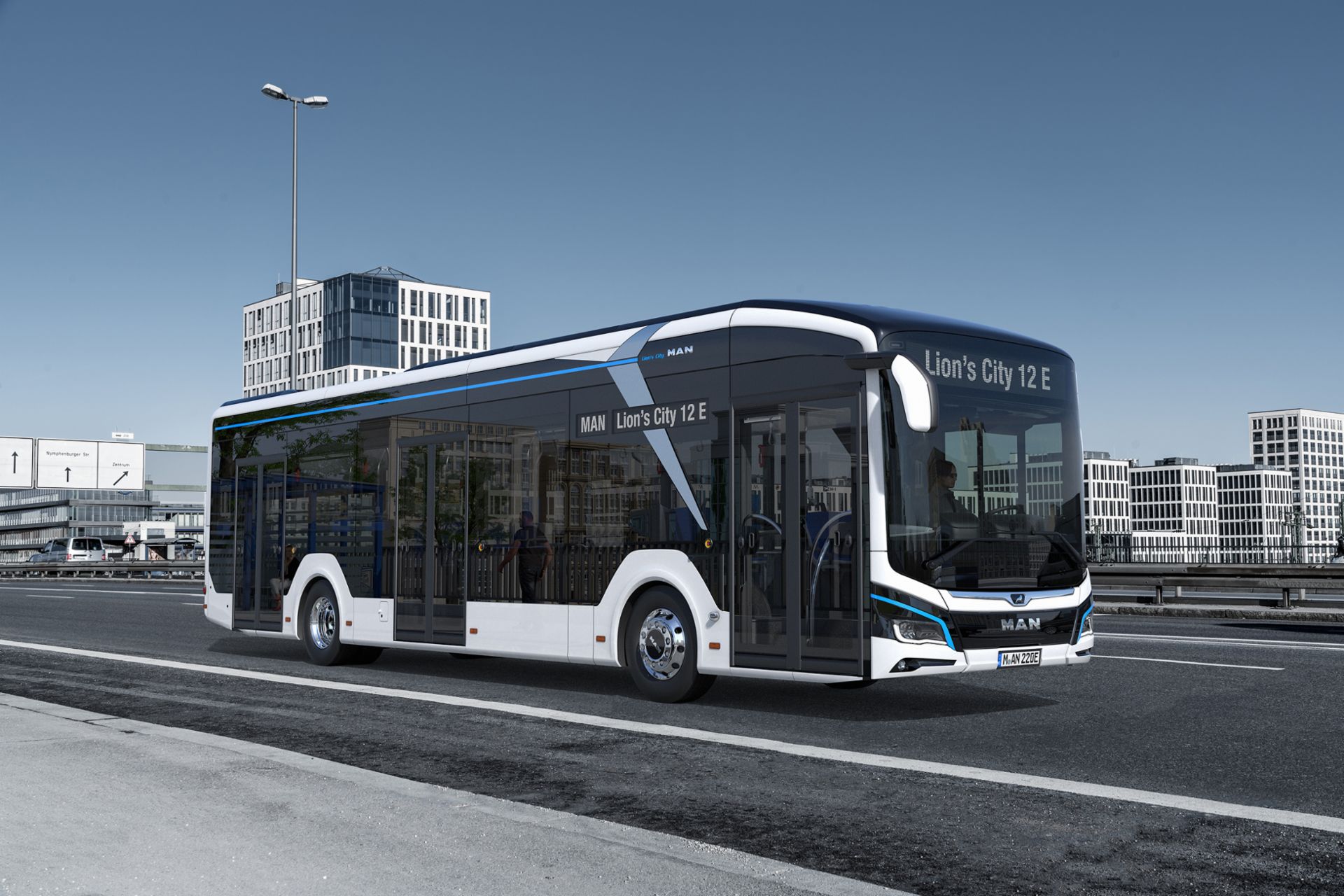On April 3, 1898, Anton von Rieppel sat down at his desk to write a letter. He wrote it himself — the matter at hand was too important to dictate it to his secretary. In fact, the letter was so important that he even wrote it on a Sunday, the sacred day of rest in deeply religious Bavaria. And, of course, at Maschinenbau-Actiengesellschaft Nürnberg, of which Anton von Rieppel was the director. “It is this thought that brings me to inquire in this private, unsanctioned manner,” von Rieppel wrote, “whether you may be inclined to give further consideration (...) to a merger between the two companies.”
The finely worded lines were addressed to Heinrich von Buz, director of Maschinenfabrik Augsburg AG, 150 kilometers away from Nuremberg. The direct, polite letter was a success: that very year, the two companies merged into one, which soon became known as Maschinenfabrik Augsburg-Nürnberg AG all over the world. Not long after that, commercial vehicles produced by M.A.N. — the company’s distinctive abbreviation was coined in 1908 — were transporting goods and people around the globe. Still, the ever-growing automotive specialist had the merger negotiations between the responsible directors, Anton von Rieppel and Heinrich von Buz, to thank for its international breakthrough. “From the outset, the two company directors communicated as equal partners, trusting each other and keeping their promises,” write historians Henning Stibbe and Matthias Georgi, authors of “MAN. One century” (Quotation translated from German). That was the basis of the successful merger between the companies.
Back then, not only did the two directors orchestrate one of the first mergers in the German automotive industry that saw the number of employees rise from 400 to over 12,000 in the next ten or so years. They also laid the foundation for the company’s philosophy, which is successful to this day: if it makes business sense, look for a partner. Focus on mergers and cooperation initiatives to strengthen growth, innovativeness, and customer proximity. 1915, for example, saw the M.A.N. Group, which up until then had largely focused on the rail sector, produce its first truck thanks to a cooperation initiative with Adolph Saurer, a Swiss commercial vehicle manufacturer. Those negotiations were also led by Anton von Rieppel, by then M.A.N.’s director general.
Today, MAN continues to turn to strategic partnerships. A particularly good example is the success of a takeover that took place in the 70s. It also added a key new element to the company’s logo. M.A.N. took over Büssing AG, a pioneer of the automotive industry. Founded as Specialfabrik für Motorlastwagen, Motoromnibusse und Motoren, this Braunschweig-based firm was the first manufacturer to focus exclusively on building and producing commercial vehicles. The merger was executed with due respect for what founder of the company and automotive entrepreneur Heinrich Büssing had achieved: the name of the Braunschwieg firm was added to the logo on the M.A.N. grill in 1972 after the takeover and stayed there for almost a decade. You can still see the lion on the logo today. The brand logo all MAN vehicles have been sporting for many years is also a tribute to the company’s Braunschweig roots. In the 12th century, the lion was the heraldic animal of Henry the Lion, Duke of Bavaria and member of the Welfen dynasty, and is today still considered the emblem of Braunschweig — and of MAN.
MAN is constantly on the lookout for suitable cooperation partners, including to overcome the new challenges of modern-day mobility. For example, the company presented an electric city bus in February 1970, decades before the idea of an “electrification offensive” became widespread in the automotive industry. The 750 HO-M10 E model, which was in operation in various German cities until 1979, was developed together with Bosch, Varta, and energy company RWE. This made the electric bus a forerunner of the new all-electric MAN Lion’s City E launched in 2020 – 50 years after MAN’s first electric model. In the 80s, MAN also worked together with Bosch and braking system specialist Knorr to develop an anti-lock braking system for commercial vehicles, which has been installed in all MAN buses as standard since 1987.
MAN’s most recent merger was in 2013, when Volkswagen acquired a majority stake in the commercial vehicle group. Since 2018, MAN, along with Scania and Volkswagen Caminhões e Ônibus, has been a brand of the TRATON GROUP. A logical next step of a story that began more than 120 years ago on a Sunday in Nuremberg. With a polite letter.



